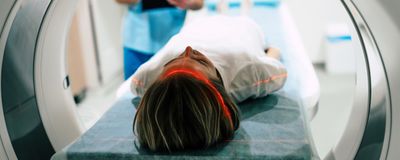MRI
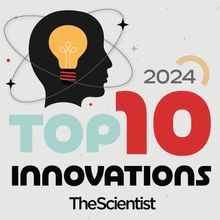
2024 Top 10 Innovations
The Scientist Staff | Dec 13, 2024 | 10+ min read
The latest group of winning technologies has a little something for everyone—from scientists at the lab bench to those in the clinic and even the classroom.
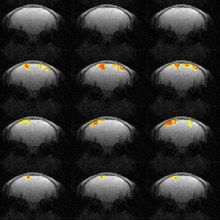
New MRI Technique Tracks Brain Activity at Millisecond Timescales
Catherine Offord | Oct 14, 2022 | 4 min read
The method, dubbed “DIANA,” could transform neuroscientists’ understanding of how the brain works, researchers say—though for now, it’s only been tested in anesthetized mice.
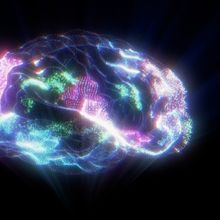
Same Parts of the Brain Control Processing of Dozens of Languages
Andy Carstens | Jul 21, 2022 | 4 min read
While much is known about how the brains of English speakers process language, research has neglected people who speak other languages. The Scientist spoke with one of the authors of a study that seeks to change that.

Eight Weeks of Meditation Doesn’t Change the Brain, Study Finds
Natalia Mesa, PhD | May 20, 2022 | 4 min read
Study finds that, contrary to what other research has found, a popular meditation course does not appear to alter brain structure.
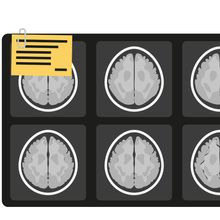
Power Shortages Dim Results of Many Neuroimaging Studies
Angie Voyles Askham, Spectrum | Mar 17, 2022 | 4 min read
Low participant numbers render the results of many studies based on brain scans unreliable, an analysis finds.
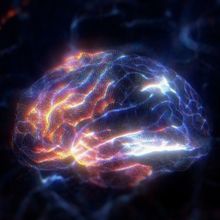
COVID-19 Linked to Neural Changes
Shawna Williams | Mar 7, 2022 | 3 min read
A study that examined the brains of people before and after SARS-CoV-2 infection found a decrease in brain volume and damage to olfactory areas compared with controls.
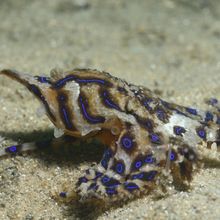
What Scientists Learned by Putting Octopuses in MRI Machines
Chloe Tenn | Jan 20, 2022 | 3 min read
The size and complexity of cephalopod brain structures differ depending on the habitats the creatures occupy, a study finds.

Darby Saxbe Digs into Relationships’ Effects on Human Biology
Shawna Williams | Aug 1, 2021 | 3 min read
In her current work, the University of Southern California psychologist is examining how the transition to fatherhood affects men’s brains.

Religion on the Brain
Emma Yasinski | Jul 13, 2021 | 6 min read
Researchers in a small but growing field search for neural correlates of religiosity and spirituality.
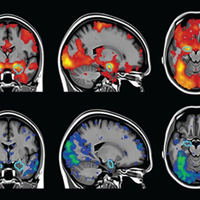
How Scientists Are Tackling Brain Imaging’s Replication Problem
Angie Voyles Askham, Spectrum | Jul 9, 2021 | 6 min read
Researchers who spoke with Spectrum say that while brain imaging tools have their limitations, they still hold promise in helping to unlock the brain’s secrets.

Nobel Laureate Richard Ernst Dies at 87
Lisa Winter | Jun 11, 2021 | 3 min read
The chemist refined nuclear magnetic resonance technology, giving rise to the development of MRI.
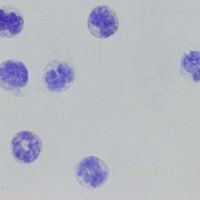
Microscopic Robots Deliver Drugs to the Brain
Asher Jones | Mar 30, 2021 | 5 min read
Researchers turned white blood cells called neutrophils into drug-smuggling “neutrobots,” which penetrated the blood-brain barrier to treat brain cancer in mice.

Curiosity and Hunger Are Driven by the Same Brain Regions
Shawna Williams | Oct 1, 2020 | 4 min read
Researchers tease out the effects of the two cravings by having participants gamble for the chance to satisfy them.

The Scientist Speaks Podcast – Episode 5
The Scientist | Jun 1, 2020 | 1 min read
Unusually Wired: Human Brains are Attuned to Appreciate Musical Pitch

Study Probes Brain Activity in Survivors of Paris Terror Attacks
Jef Akst | May 1, 2020 | 5 min read
Those who had developed PTSD appear to be less able to suppress unwanted memories—traumatic or not—suggesting a role for the general ability to control memory recall in the disorder.
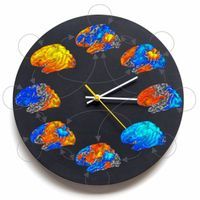
Alternate Activation of Two Brain Systems Tied to Consciousness
Ruth Williams | Mar 12, 2020 | 3 min read
Imaging reveals how cyclical patterns of brain activity differ between conscious and unresponsive individuals.
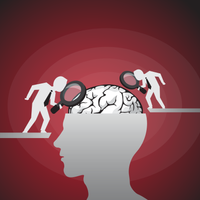
Secrets in the Brains of People Who Have Committed Murder
Nicoletta Lanese | Nov 1, 2019 | 5 min read
MRI scans from more than 800 incarcerated men pinpoint distinct structural features of people who have committed homicide, compared with those who carried out other crimes.
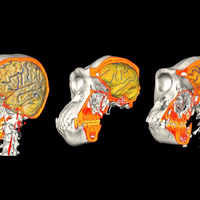
Image of the Day: Brains and Braincases
Emily Makowski | Oct 18, 2019 | 1 min read
The skull changed shape in different ways than the brain during evolution, according to a new comparative study.
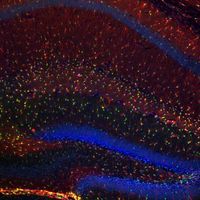
New Tools in the Works to Probe Adult Human Neurogenesis
Ashley Yeager | Oct 7, 2019 | 6 min read
Conflicting results on the existence of new neurons in adults have researchers designing new ways to identify and count neuronal progenitors—and finally get to the bottom of neurogenesis.
